The Software Defined Vehicle Market is experiencing rapid transformation, driven by advancements in technology and increasing consumer demand for connected and autonomous driving experiences. As automotive manufacturers distinctively embrace software-defined capabilities, they enhance their vehicle offerings through continuous feature updates, improved performance, and personalized user experiences.
The competitive landscape of this market is characterized by collaboration among traditional automakers and technology companies that focus on software and hardware integration. Players in this domain are vying for market share by enhancing their product portfolios, investing in research and development, and establishing strategic partnerships.
The competitive insights emphasize not only the growth prospects but also the challenges that arise with rapidly evolving customer expectations and technological advancements, resulting in a dynamic and rapidly shifting market environment. BMW stands as a formidable contender in the Software Defined Vehicle Market, leveraging its rich heritage in automotive innovation to maintain a strong market presence.
The company's commitment to integrating cutting-edge technology into its vehicles has led to robust software solutions that enhance driving experiences and optimize vehicle performance. BMW's strengths lie in its strategic focus on electric and hybrid vehicles, alongside its pioneering initiatives in connectivity and autonomous driving features.
By prioritizing customer engagement through sophisticated infotainment systems and over-the-air updates, BMW effectively differentiates itself from competitors, reinforcing its position as a leader in the software-defined automotive landscape.The continued evolution of BMW's software capabilities ensures its relevance in an increasingly digital automotive world, where customer-centric functionalities are paramount.
NVIDIA plays a crucial role in the Software Defined Vehicle Market by providing advanced computing platforms and artificial intelligence technologies tailored for automotive applications. Its key products, including the NVIDIA Drive platform, offer powerful solutions for autonomous driving, deep learning applications, and enhanced vehicle connectivity.
Through strategic partnerships and collaborations with major automakers around the globe, NVIDIA strengthens its market presence by integrating its technologies into various vehicle models, thereby enabling sophisticated functionalities that redefine mobility.The company’s strengths are evident in its ability to accelerate innovation through steady investment in research and development, positioning itself at the forefront of the automotive tech revolution.
NVIDIA has further solidified its influence in the sector through strategic mergers and acquisitions aimed at expanding its capabilities and ecosystem within the software-defined vehicle domain, ultimately contributing to advancements that enhance safety, efficiency, and user experience on a global scale.


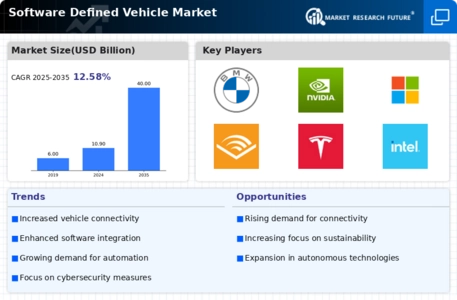
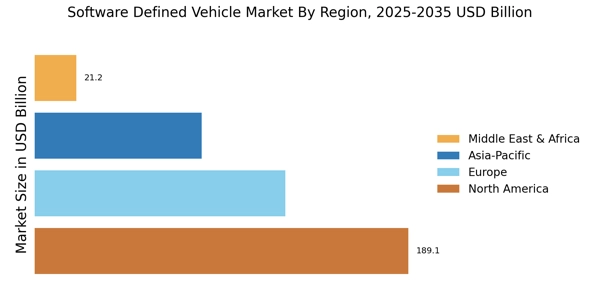
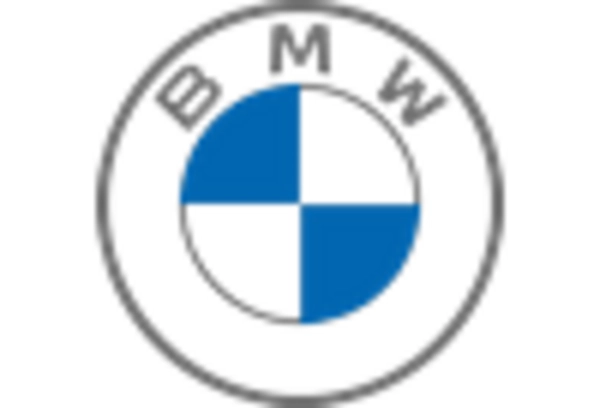
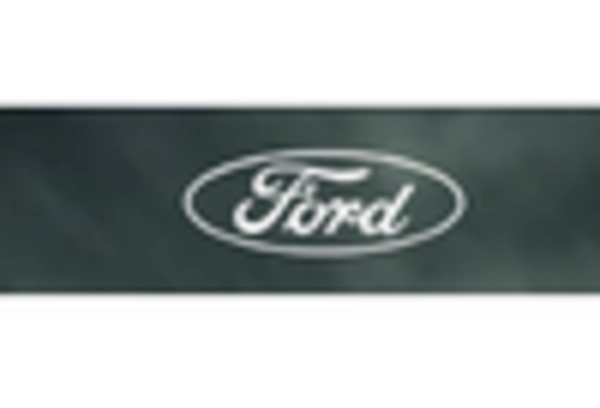

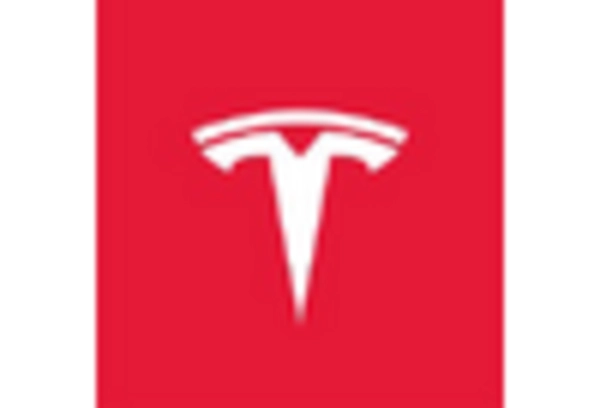










Leave a Comment